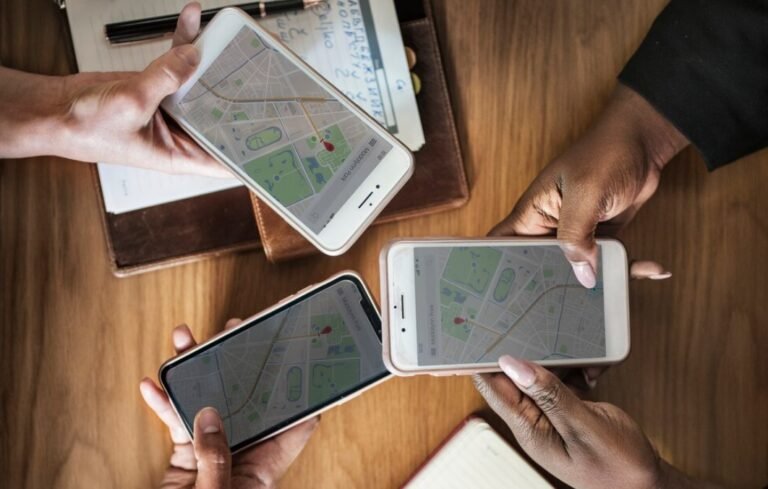Ever lose your phone and feel like you’ve lost a part of yourself? I’ve been there. With so much of our lives tied to our phones—messages, contacts, even work—it’s essential to know how to track a SIM card location when things go wrong. Whether your phone is misplaced or stolen, knowing your options for tracking the SIM card can help you recover it before it’s too late.
In this guide, I’ll walk you through the best ways to track your SIM card’s location, from using apps to built-in phone features. Let’s get started!
Is It Possible to Track a SIM Card’s Location?
First things first—yes, it’s possible to track a SIM card’s location. SIM cards don’t have their own GPS, but they connect to cell towers to send and receive signals. By tapping into this network data, you can track where the SIM card is, or at least where it was last active.
There are a few ways you can do this:
- Using tracking apps designed specifically for this purpose
- Relying on built-in features of your smartphone, like Find My Device or Find My iPhone
- Contacting your telecom provider to request location data
Each method has its pros and cons, but the important thing is that you have options.
The Best App for SIM Card Location Tracking
When it comes to tracking SIM card locations, I always recommend FamiSpy. This app is like your personal detective when it comes to locating devices. FamiSpy is designed to help you track the location of your phone or the SIM card inside it, and it does it in real time. Whether you’re keeping an eye on a family member’s phone or trying to recover your own, this app makes the whole process straightforward.
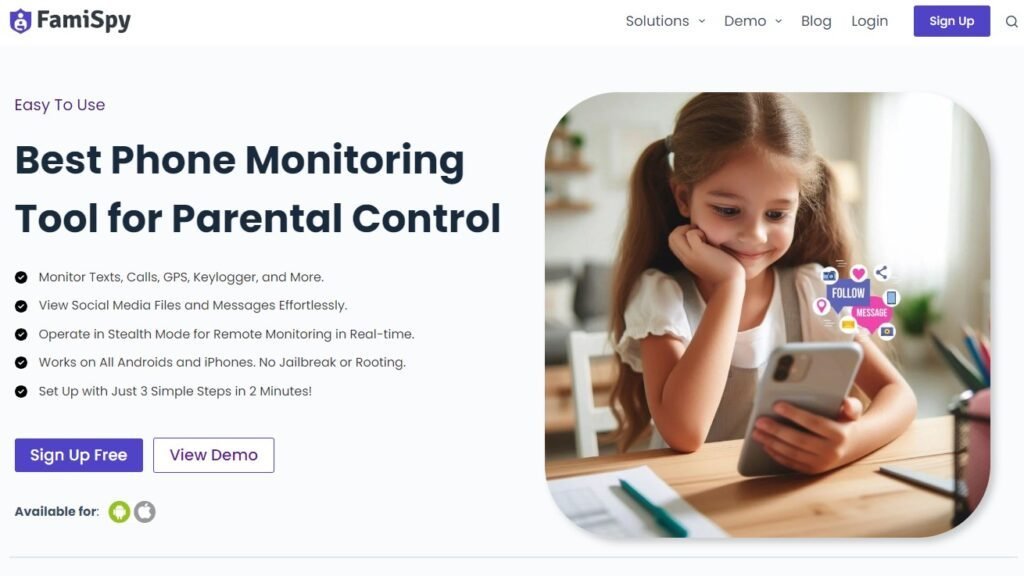
FamiSpy stands out for a few reasons. First, it’s not just a one-trick pony. This app has a ton of features that go beyond simply tracking a SIM card location. It’s designed for comprehensive monitoring, which makes it incredibly useful in many situations.
Key Features of FamiSpy
- Live Screen Monitoring: View the phone’s screen in real-time to see what’s happening on the device.
- Call and Message Tracking: Keep tabs on incoming and outgoing calls and text messages for added security.
- App Activity Monitoring: Check which apps are being used, giving insights into any unauthorized access.
- Browser History Access: View the device’s browsing history to monitor visited websites.
- Keylogger Feature: Capture everything typed on the device, including passwords and messages.
How to Use FamiSpy for SIM Card Tracking
Getting started with FamiSpy is really simple. Here’s how you can start tracking a SIM card with it:
1. Create an Account
Sign up for an account on the FamiSpy website.
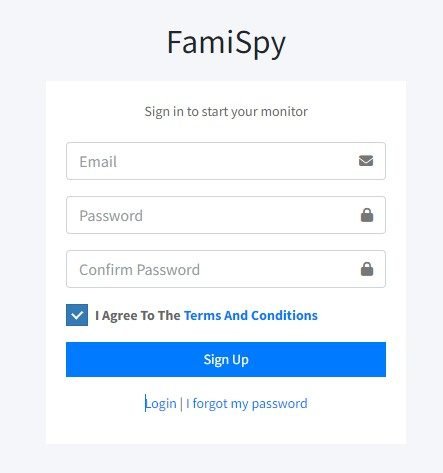
2. Install the App
After registration, you’ll receive instructions on how to install FamiSpy on the target device. Follow the setup guide to complete the installation.
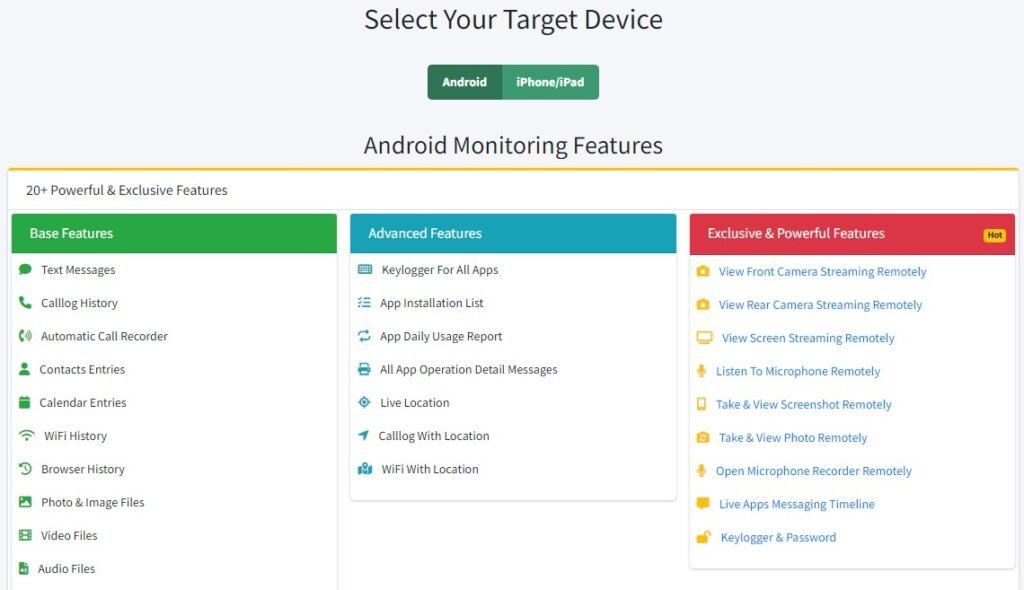
3. Monitor Activities
Log into your FamiSpy dashboard, where you can monitor the SIM card’s location in real-time, along with other activities like call history, messages, and even GPS-based data.
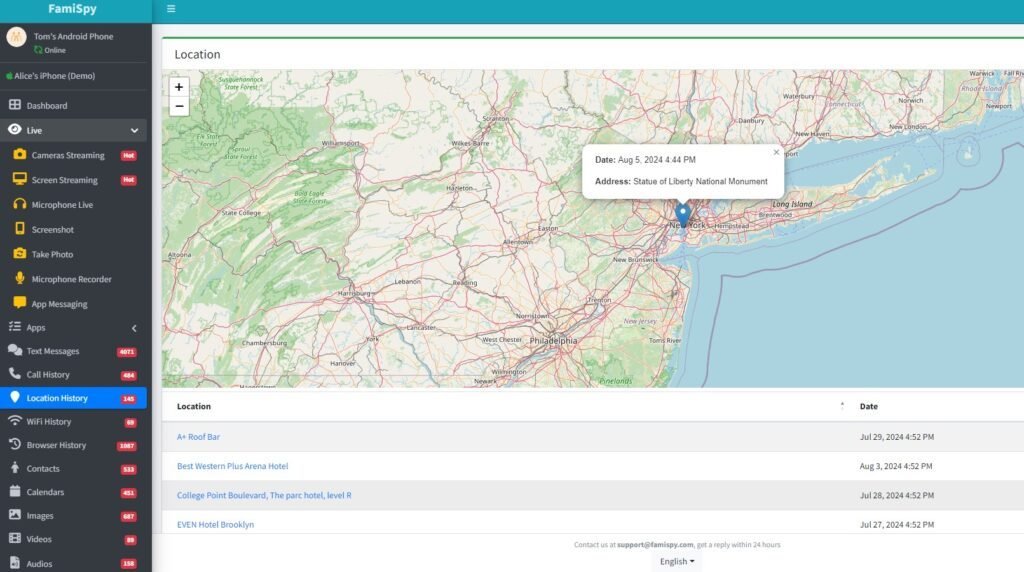
How to Track SIM Card Location Using IMEI and IMSI
To take SIM card tracking a step further, you’ll need to understand two important numbers: IMEI and IMSI.
- IMEI stands for International Mobile Equipment Identity. Think of it like your phone’s fingerprint—each device has its own unique IMEI number.
- IMSI, or International Mobile Subscriber Identity, is tied to your SIM card. This number identifies your SIM on the network.

When your phone connects to a cell tower, it broadcasts both its IMEI and IMSI. Your network provider can use this information to track the SIM card’s location via triangulation—basically, they use the signal strength from multiple towers to narrow down where the device is.
Here’s a step-by-step guide if you want to try this method:
1. Find Your IMEI and IMSI Numbers
- The IMEI number can be found by dialing *#06# on your phone.
- To get the IMSI, check the SIM card itself or your phone’s settings.
2. Contact Your Telecom Provider
Call customer service and explain that you want to track a lost or stolen SIM card. Provide them with your IMEI and IMSI numbers.
3. Request Assistance
Ask if they can help track the SIM card based on its recent activity. They might not give you an exact location, but they’ll be able to tell you where it last connected.
4. Use an IMEI Tracking Service
If your carrier can’t help, some third-party services specialize in IMEI tracking. They might charge a fee, but they can often pinpoint the phone’s last known location.
How to Track SIM Card Location with Built-in Phone Features
You don’t always need a third-party app to track a SIM card. Your phone already has some built-in tools that can help.
Tracking SIM Location Using Google’s Find My Device (for Android)
If you’re using an Android phone, Google’s Find My Device feature is a lifesaver. Here’s how you can use it to track your SIM card’s location:

- Go to Google Find My Device: You can access it from a web browser or download the app on another device.
- Log In: Use your Google account linked to the lost phone.
- Choose Your Device: Select the phone that you want to track from the list of devices connected to your account.
- Track the SIM Location: You’ll see the device’s current location, which is where the SIM card should be as well.
Using Apple’s Find My iPhone
For those of you with an iPhone, Find My iPhone is another excellent tool for tracking a SIM card’s location. Here’s how to use it:

- Go to iCloud.com: From any browser, log in to your iCloud account.
- Select Your Device: Choose the lost iPhone connected to your SIM card.
- Track the SIM Card: You’ll be able to see the device’s location on a map.
Limitations of These Services:
Both Google Find My Device and Find My iPhone are great, but they come with a catch: they only track the phone, not the SIM card itself. If someone removes the SIM card from your phone, these services may not be able to help. That’s why using apps like FamiSpy or working with your telecom provider can be more effective.
Tracking SIM Card Location Through Telecom Providers
Another option is to go straight to the source: your mobile service provider. Telecom companies have a lot of data on your device and can often help you track it down through the SIM card’s activity.
Your provider uses network data—such as the cell towers your SIM card connects to—to determine its location. While this method doesn’t give you exact GPS coordinates, it can give you a pretty good idea of where your phone or SIM card is.

Here’s how to get your provider’s help:
- Call Your Provider: Explain the situation and have your account information ready.
- Provide IMEI/IMSI Numbers: Give them your phone’s IMEI and the SIM card’s IMSI if requested.
- Follow Their Instructions: They may be able to tell you the last known location of your SIM card or even remotely deactivate it to protect your data.
What to Do if Your SIM Card is Stolen or Lost
If your SIM card is lost or stolen, there are several important steps you should take to protect your personal data and minimize potential harm.
- Contact Your Mobile Provider: Call your service provider immediately to report the SIM card as lost or stolen. They can deactivate it to prevent unauthorized use and issue a replacement.
- Enable Tracking Features: Use Find My Device for Android or Find My iPhone for iOS if your phone is still linked to the SIM. These features can help locate your device or lock it remotely.
- Change Account Passwords: Update passwords for accounts linked to your phone number to secure your personal information.
- Monitor for Unusual Activity: Keep an eye on bank accounts and sensitive services for any suspicious activity.
- File a Police Report: If the SIM card was stolen, report it to the police for documentation and potential recovery.
- Request a New SIM Card: Once the situation is under control, ask your provider for a new SIM card to restore your services.
FAQs
Can I track a SIM card if the phone is turned off?
No, if the phone is turned off or the SIM card is inactive, tracking becomes extremely difficult. Location tracking relies on the device being connected to a network, so if the phone isn’t powered on, you won’t be able to see its current location.
Can telecom providers help me track my SIM card?
Yes, telecom providers can track a SIM card using the network data from the cell towers it connects to. If your phone or SIM is lost or stolen, contact your provider with your IMEI and IMSI numbers to request their help in tracking the SIM card’s last known location.
Can I track a SIM card location without an app?
Yes, it’s possible to track a SIM card location using built-in services from telecom providers or by leveraging Google Maps for Android devices. However, these methods may not be as reliable as dedicated tracking apps.
Conclusion
Tracking a SIM card’s location can feel like searching for a needle in a haystack, but with the right tools and a bit of know-how, it’s entirely possible. Whether you choose to use advanced apps like FamiSpy or rely on built-in phone features like Find My Device, there’s no shortage of options for locating a lost or stolen SIM card.
Just remember, speed is key! The quicker you act, the better your chances of recovering your SIM card and safeguarding your personal data. So, if you find yourself in that frustrating situation again, you’ll know exactly how to track your SIM card’s location. Keep these tips handy, and you’ll never be left in the dark again.
*Don’t Miss:




